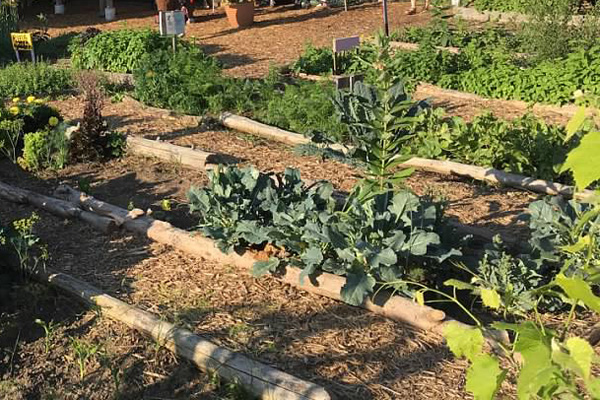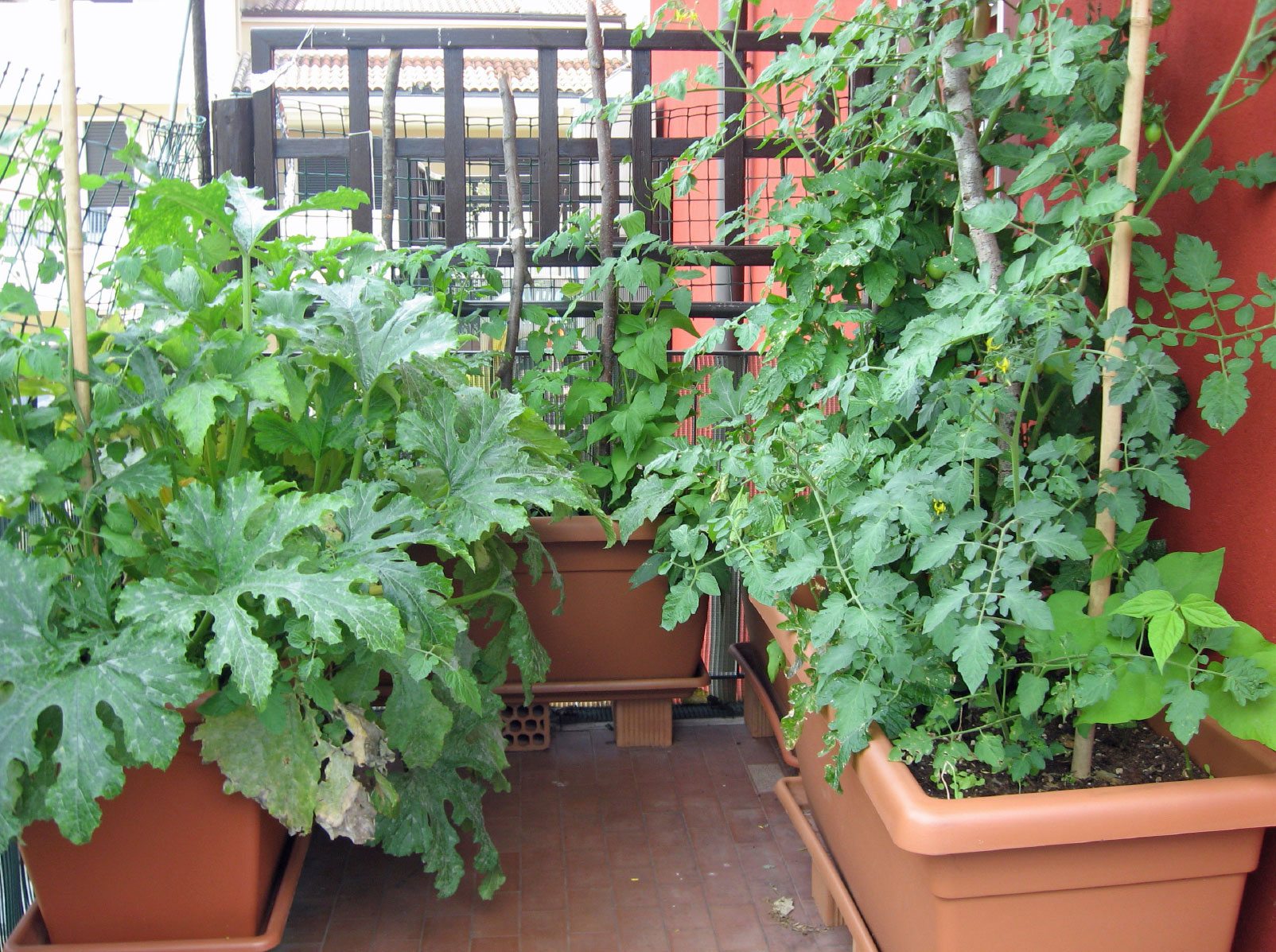4 Easy Facts About City Blooming Described
4 Easy Facts About City Blooming Described
Blog Article
All about City Blooming
Table of Contents8 Easy Facts About City Blooming ExplainedHow City Blooming can Save You Time, Stress, and Money.The Buzz on City BloomingThe Basic Principles Of City Blooming Some Known Questions About City Blooming.
Fascinated in expanding food offer for sale in the City of Chicago? Considering beginning a neighborhood garden? Modifications to the Chicago Zoning Ordinance allow farming uses like area yards and metropolitan ranches in many components of the city. Below is a list of frequently asked inquiries regarding the rules and laws that cultivators ought to think about when intending a metropolitan agriculture task.
The zoning modification does not modify any various other codes handling composting, building authorizations, acquiring or leasing City owned building, service licenses or environmental contamination. There are existing codes that control these problems and they remain in complete result and might be applicable to your job. Community gardens are commonly possessed or handled by public entities, public organizations or community-based organizations and preserved by volunteers.
Urban farms expand food that is planned to be sold, either on a nonprofit or for-profit basis. Due to their industrial function, city farms need an organization license.
The Facts About City Blooming Revealed
Composting is allowed however only for plant product that is produced and utilized on site. The quantity of compost material can not surpass 25 cubic lawns at any type of given time according to the standards in 7-28-715 of the City's Municipal Code. Yes. Since the soil at the majority of brand-new yard websites requires changing, compost, dirt, wood chips, or various other products can be gotten to construct or improve the growing area - City gardening.

If a building license is needed then the hoophouse will certainly be taken into consideration an accessory structure. You can discover out more regarding the building permit demands by getting in touch with the Department of Buildings. The 25,000-square-foot dimension restriction is meant to stop a single community garden from controling a given block or interfering with the block's existing domestic or business personality.
The limit does not use to yards found in Public Open Space (POS) districts. Can there be greater than one area garden that is 25,000 square feet on a single block? Yes. The dimension limitation puts on private gardens, not to private blocks. No. Fence is not needed, nevertheless, gardens that have huge parking lot might be called for to mount secure fencing or other landscape design functions.
Getting The City Blooming To Work
B1 & B2 districts require that all industrial usage tasks be carried out inside. R areas limit business task. The guidelines reflect the function and intent of the Zoning Code. Is fencing needed for city ranches? Yes. Fencings may be needed, in addition to landscape design and screening, for particular parking lot and outside job or storage space locations depending upon location and the details activity taking place.
Yes. Urban farms need building licenses and zoning approvals prior to building and construction. Various other forms of city evaluation may be required depending upon specific structures, tasks, dimension, landscape design, licensing, public heath and stormwater management concerns. Most of these demands are determined in the project layout or allowing process, however, the applicant may be liable to separately determine particular licenses or permits that might be called for.
The Department of Organization Affairs and Customer Protection can aid determine the details type of organization license that's required. Off street vehicle parking is needed for a lot of industrial jobs in Chicago. The called for number of vehicle parking spaces is based on the number of workers functioning on website and not the square video footage of the growing area.
The Best Guide To City Blooming

Yes. A city farm can market compost product created on site, however, the operation should abide with the laws in 7-28-715 of the Chicago Municipal Code. Yes. Aquaponic systems are permitted inside on metropolitan ranches in lots of zoning areas. A zoning evaluation and structure authorization is called for in order to install structures or systems and a service This Site permit is called for as explained over.
Approximately five hives or nests of honey may be kept as an accessory use. However, beekeepers should register with the Illinois Division of Farming. For additional information regarding the suggested zoning modification you might call the Department of Housing and Economic Growth, Bureau of Planning and Zoning at 312.744.8563.
Farming in cities and metropolitan locations A city ranch in Chicago. Urban farming describes numerous practices of cultivating. https://city-blooming.webflow.io/, processing, and dispersing food in city locations. The term additionally relates to the area tasks of animal husbandry, aquaculture, beekeeping, and gardening in an urban context. Urban farming is differentiated from peri-urban farming, which occurs in country locations at the edge of suburban areas.
Some Known Details About City Blooming
, that seek to form social networks founded on a common principles of nature and area holism. These networks can create by way of formal institutional support, ending up being incorporated into local community preparation as a "change community" motion for lasting metropolitan advancement.
In either case, the much more direct accessibility to fresh vegetable, fruit, and meat items that might be understood via metropolitan farming can boost food safety and security and food security while decreasing food miles, causing reduced greenhouse gas exhausts, thus adding to environment modification reduction. A few of the first proof of urban agriculture originates from Mesopotamia.
Report this page